Python test automation framework ! Yes you have heard it right. Python has got framework that can be used for testing. Since the language is Python, regarded one of the most versatile language in the world, quirks of such framework is many. Some of them are,
- The quality of the script of the framework
- Easiness of test case
- Method to execute modules
Considering the following points you can easily pick out the best framework for your purposes. Some of the commonly used python frameworks are;
1. Robot Framework
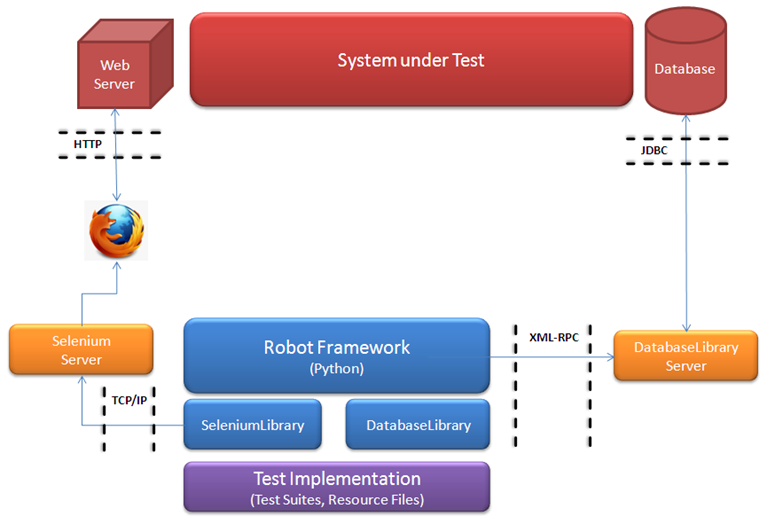
Robot framework is largely used for acceptance testing. It is counted among one of the best python framework. The robot is used in Python but it can run on .net-based IronPython and on Jython which is Java based.

The robot is compatible with various platforms including Windows, MacOS or Linux. Robot framework requires Python 2.7.14 or above. To run Robot you will also require ‘pip’ or python package manager. You should also download a development framework to use robot framework.
Advantages of Robot Framework
- It helps testers to create readable test cases easily using keyword-driven-test approach.
- Easy usability of Test data syntax
- It allows using individual elements in separate projects.
- Having numerous APIs is highly extensible.
- Supports parallel running of tests via a Selenium Grid.
Disadvantages of Robot Framework
- Creating customized HTML reports using Robot can be very tricky.
- Not enough support for parallel testing.
2. Pytest Framework
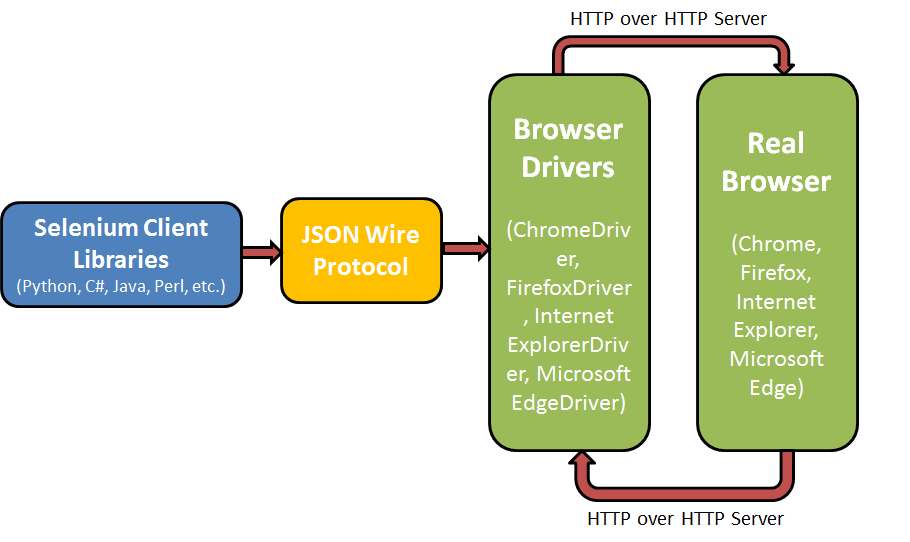
Pytest can assist in test automation of all kinds of software testing. It is easy to learn, open source Python-based framework extensively used by QA teams.
Its veteran features like ‘assert rewriting’; it is being extensively adopted by testers worldwide. Using python does not require any specific prerequisites except for working knowledge of Python. Apart from this, you should also have a python package manager, command line interface, and an IDE.
Advantages of Pytest Framework
- Supports compact test suits.
- Unlike other tools, Pytest does not require debugger or explicitly checking the logs.
- Supports easy creation of test cases.
- Pytest allows the use of multiple fixtures.
- Pytest is extensible by using plugins
- It offers easy and fewer bugs prone development of test cases.
Disadvantages of Pytest Framework
The main issue with pytest is the compatibility issue. It does not allow using the test cases written in pytest to be shared with other frameworks.
3. PyUnit/UnitTest Framework
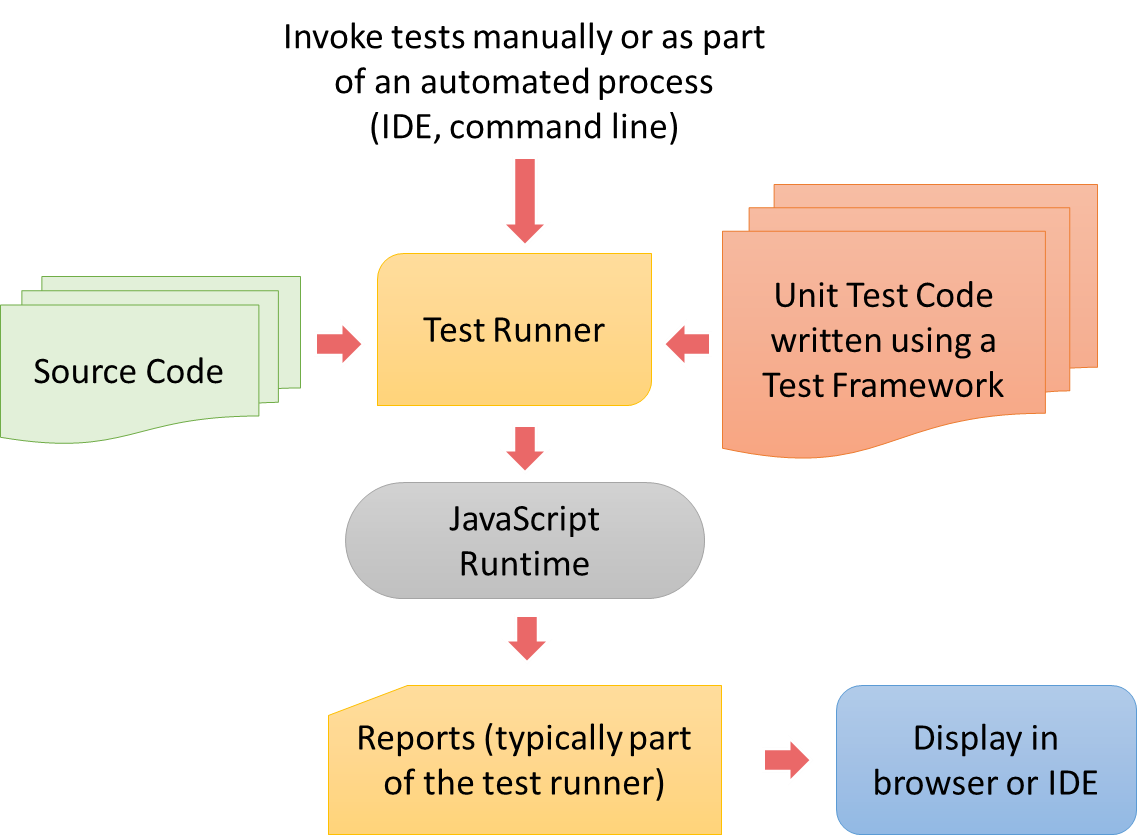 Unittest or PyUnit is a unit testing Python framework. In the PyUnit framework, the base class TestCase provides assertion methods and the cleanup and setup routines. The methods name starts with “test” in the subclass of TestCase to allow them to execute as test cases.
Unittest or PyUnit is a unit testing Python framework. In the PyUnit framework, the base class TestCase provides assertion methods and the cleanup and setup routines. The methods name starts with “test” in the subclass of TestCase to allow them to execute as test cases.
For the grouping and loading of tests, it supports the load methods and the TestSuite class. It also supports XML reports and unittest-sml-reporting. PyUnit comes with Python by default.
Advantages of PyUnit/UnitTest Framework
- No additional module is required to be installed.
- It is easy to work even for people with no high-end knowledge of Python
- It offers simple and flexible executing test cases execution.
- Quick generation of test reports.
Disadvantages of PyUnit/UnitTest Framework
- The snake_case naming method of python codes and camelCase naming method of JUnit causes confusion.
- Unclear intent of the test code.
- Requires boilerplate code.
4. Behave Framework
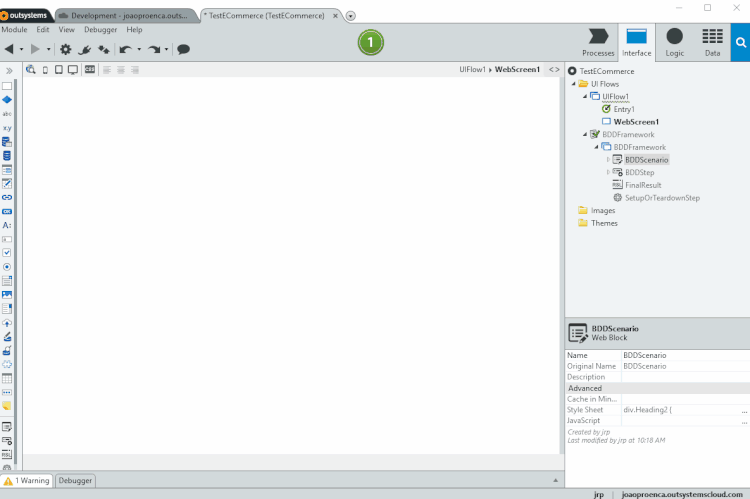
Behave allows software teams to run BDD testing without any difficulties. It is similar to SpecFlow and Cucumber. Behave allows writing test cases in easily readable language.
Behave requires Python 2.7.14 or any above version, Python package manager or pip, and any IDE like Pycharm or other.
Advantages of Behave Framework
- Easy coordination among the teams and easy execution of all kinds of test cases.
- Promotes detailed Reasoning and thinking
- Clarity of QAs and Devs output.
Disadvantages of Behave Framework
- Good for only black box testing.
5. Lettuce Framework
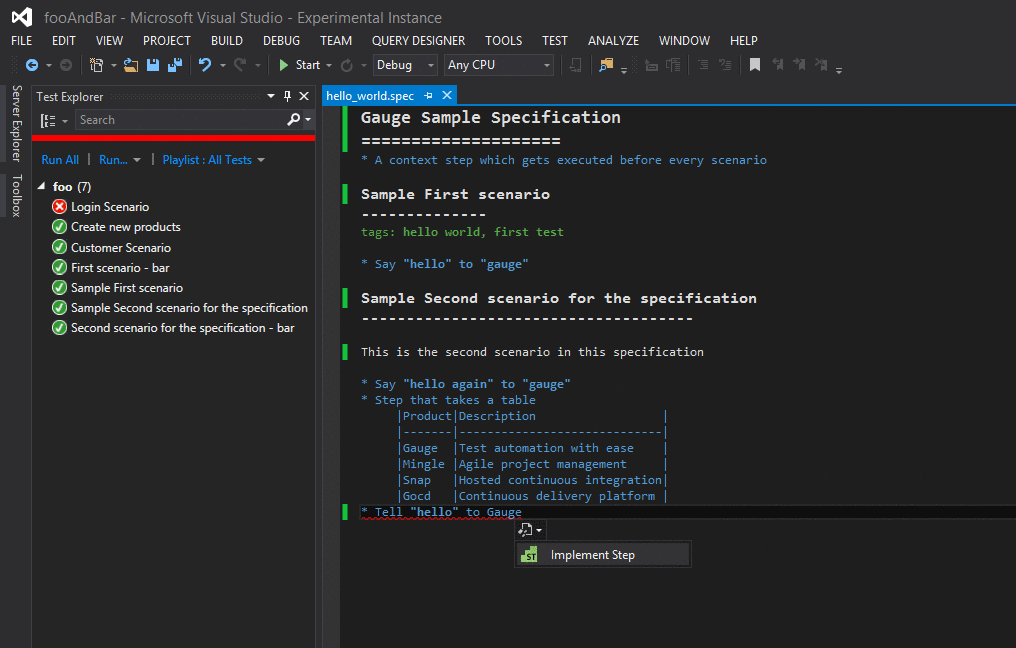
It is a behavior driven automation tool that is easy to use and it getting highly popular for BDD testing. It is based on Python and cucumber. It makes the process simpler and entertaining by its BDD approach. Lettuce requires Python 2.7.14 or any above version, Python package manager or pip, and any IDE like Pycharm or other.
Advantages of Lettuce Framework
- It uses simple language and allows developers to create more than one scenario.
- Supports cooperation among Dev and QA teams.
- Helps in running behaviour driven tests cases for black box testing.
Disadvantages of Lettuce Framework
It required strong coordination and communication among developers, testers, and stakeholders.
6. RedwoodHQ Framework
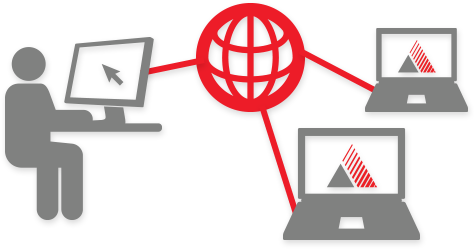
The RedwoodHQ framework lets multiple testers to connect in a single web location to execute the tests simultaneously. It supports complete automation and management of software testing.
REdwoodHQ supports action keyword enabling creating test cases quickly and easily. Supports writing test cases in Python and other languages such as C#, Java, etc. It has an inbuilt IDE.
It helps in easy creation, modification, and execution of test cases. It records a history of all the test runs for future references.
Advantages of RedwoodHQ Framework
- It is a very user-friendly framework
- Supports parallel testing
- Compatible with continuous integration tools such as Jenkins and TeamCity.
- Suitable for front-end and back-end testing
- Supports the parallel running of test cases
- Helps testing teams to easily create and modify the tests.
7. Jasmine Framework
Jasime is a behaviour driven development (BDD) framework. It supports Python as well as Ruby and JavaScript unit test automation. It combines the server-client unit testing. To run Jasmine you are required to have Karma tests runner.
Advantages of Jasmine Framework
- Supports both asynchronous and DOM-less test cases.
- Simple, user-friendly and readable syntax
- Parallel execution of server and client side test cases
- No external dependencies
- Available in a ready-to-use state
- Active community for support issues.
Disadvantage of Jasmine Framework
- More stress on applications of business value than the technical details.
8. Gauge framework

Gauge is an impeccable tool made from the same team that made Selenium. Since Gauge is an open source framework, there are plenty of quirks in using it. If you wish to integrate continuous testing into CI/CD pipeline, Gauge is one of the best options. Gauge is nowadays gaining lots of momentum owing to its cross-browser testing functionality.
Advantages of Gauge framework
- Supports variety of plug-in such as java runner, c# runner, Ruby runner, JavaScript runner, Golang runner, Python runner, IDE plugins, Reports, build management etc.
- Supports all major programming language including Python
- Command line support
- Defects can be quickly detected
- Easy to write test cases
- Cross browser tests can be automated
- Scalability of product requirement across QA, Dev and business teams.
Disadvantage
- Relatively young. Will take time to evolve
How to pick the best test automation framework?
In large a good test automation framework should have best
- Scripts
- Test cases
- Assumptions
- Techniques to run every module and code
- High capability to detect the flaws and weaknesses.
But every project is different and might require one or more of the above parameters. So while selecting the best framework for test automation considers the following points:
- Resource it requires
- It’s functionalities
- Test drivers that it includes.
- Reporting features
- Integration with third-party tools
It is better to break the project into smaller modules and then look out for the best fit. Not to ignore your budget. You need to consider your budget and then look out for a framework that offers maximum benefits and features for your project.
What to look for in a testing automation framework?
The framework helps in automating your testing process while reducing the manual efforts and making the testing process faster and more efficient. When looking out for an expert framework for your testing requirements consider the following points:
- The capability of the framework to justify your testing needs
- Ease of use
- Library with reusable components
- Maintenance overheads
- Integrating with other tools and frameworks
- Functionalities of your framework
- Integration with the third-party tools
- Complexity
- Features of the framework
- Support and Maintenance features
- Triggering automatically without requiring human intervention
- Stability, flexibility, and extensibility
- Report creations
There are just the generic points you might consider before picking up a framework for your testing process. On a larger picture, developer’s requirements, an application under test, environment and more play a more important role in selecting the best framework for your requirements.
Conclusion

Now when we are acquainted with various python frameworks, choosing the best one could be a tricky task. Though all of them are good and serves different requirements. It is best to take a note of all your requirements and then pick the framework that fulfils your maximum requirements.



